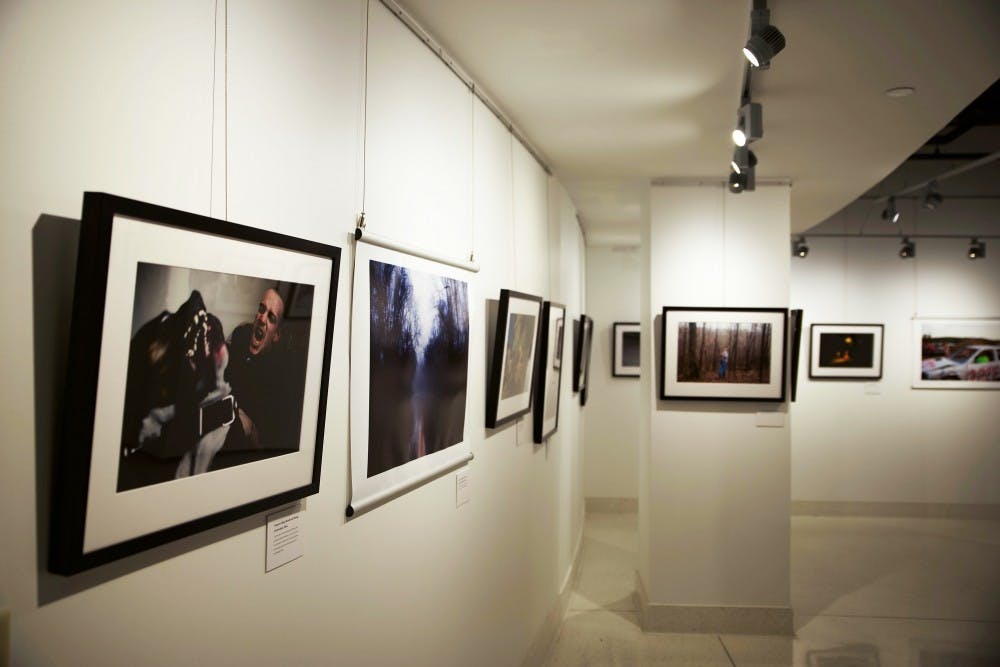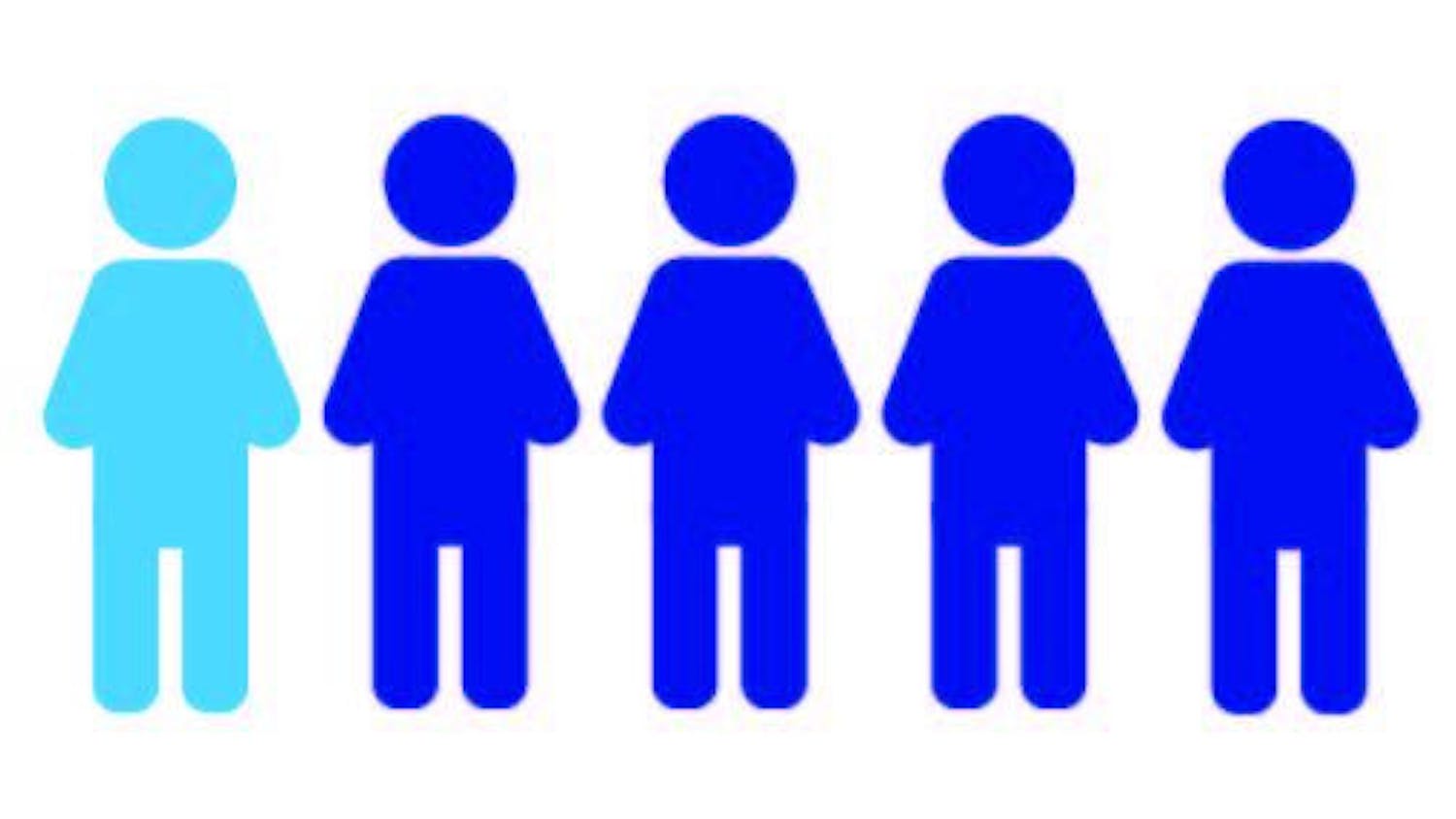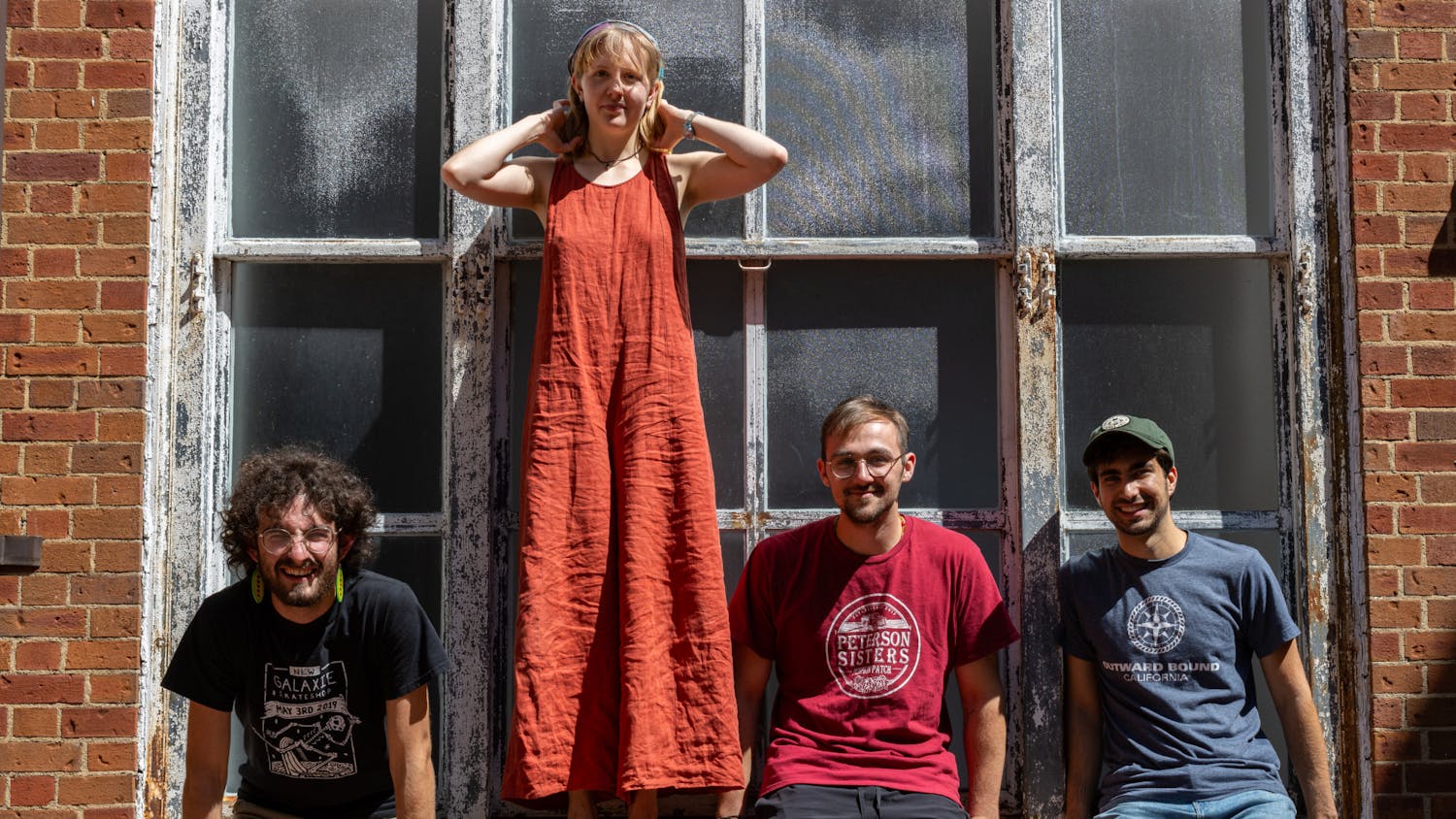Matt Eich graduated from Ohio University in 2008 with a degree in photojournalism. During his time in Athens, he took a particular interest in the rampant poverty in southeast Ohio. While he was in school, he started documenting how the loss of industry in an area that once boomed with prosperity affected the lives of the people who lived there.
What started as an assignment for a class soon grew into a years-long project, and in October 2016, Eich published a book of the photos he took, titled Carry Me Ohio. It’s been quite successful, selling out the initial 600 printed copies. Now, Eich and his work are receiving national attention for capturing a struggle that’s become a topic of national discussion.
The Post was able to speak to Eich over the phone about his work.
The Post: I read on your website that you’re originally from Virginia. Why did you decide to come to OU for college?
Matt Eich: I knew that I wanted to study photojournalism, and there wasn’t even a photojournalism program in the state of Virginia. ... I wanted to get my hands on a camera and get out and start working, and OU was a place where I could do that. I did interview at other places … but when I came to visit OU and saw how the community was situated around the school, and I met some of the faculty members there, I was completely sold. I grew up in a really rural area so it felt kind of like home to me.
P: How did you first become interested in the poverty situation in southeast Ohio?
ME: Just by driving around and seeing the effects of lack of jobs and industry in the area. ... It was an area that was a boomtown for a long time. But once everything pulled out around the 1950s, there wasn’t much left to support the economy there.
P: When you first pitched Carry Me Ohio to publishers, were they eager to take it? Did they think it would be successful?
ME: I think publishers thought of the work as depressing and not very sellable, which is totally legit. ... So I self-published the book in a limited run of 100 copies when I first did an exhibition of it in 2010, and it quickly sold old, mostly to other photographers and some curators and collectors of books. But eventually, the self-published book, which was sold out at that point because it had come kind of a collector’s item, made its way into this rare bookstore in California, and a Swiss publisher found it there and reached out to me about publishing it.
We started talking in early 2015, and we planned on publishing in May of 2016, but we pushed it back a little bit just so I had more time to fine-tune things. After 10 years of working on it, you get really clingy with your work, and you don’t want to let it go. We ended up releasing it in October about two weeks before the election, and it just catapulted the topic. The content of the work became a national discussion, so the book quickly sold out when people realized how much influence Ohio and the Midwest and the post-industrial region had on the election.
P: Obviously the book has been very successful. It’s currently sold out, and you’ve been interviewed about it before for some major national publications about it. Why do you think it’s been so successful initially?
ME: I think it really had to do with the timing of it. ... I doubt it would’ve sold as quickly if it wasn’t for the presidential elections happening right at the same point in time.
P: How did you choose the title Carry Me Ohio?
ME: The title actually comes from a song by an artist named Mark Kozelek. ... Basically, I’d been working on this project for a couple of years and making pictures about different families and different communities, and I hadn’t really thought of them as being connected. A friend of mine from school at OU said, “Hey man, have you heard this song before? You should listen to it and think about your pictures in the context of this song.”
And then it all began to make sense as one cohesive unit to me. I realized that there were a lot of other pictures that I had been making and kind of leaving out, as not belonging. But they actually had a place within this larger world that I was creating.
P: Do you have a favorite image in the book?
ME: That’s kind of like asking if I have a favorite child. The answer is more or less no, but there are images that have meant a lot to me over the years or represented a turning point in the work. An example of that is this picture of … (a) girl standing on a skid mark. ... She’s looking over her shoulder back at me as she stands in the middle of the road. I don’t know what it was about that picture in particular, but when I saw it, I recognized that it meant something different for me, and it was a meaningful photograph.
P: Is there any overarching message to your book?
ME: Early on, there was a direct interest in and connection to looking at poverty and this area post-industry and how that’s affected the lives of people growing up there. Initially, it was about poverty. It was about the lives of people living in this post-industry area. But over time, I realized I wanted it to be more about the relationships and the human connections and the families and their resilience under pressure and their connections to the land and to the place that I was photographing. And it became a very personal story to me because it’s where I started my family. My daughter was born in Athens, and it was kind of where I learned how to make pictures and interact with people. Before the book came out, that was kind of a big shift in the work was realizing that I was actually part of the story too, not just a journalist or an observer, but definitely somebody who’s more personally involved in the work.






